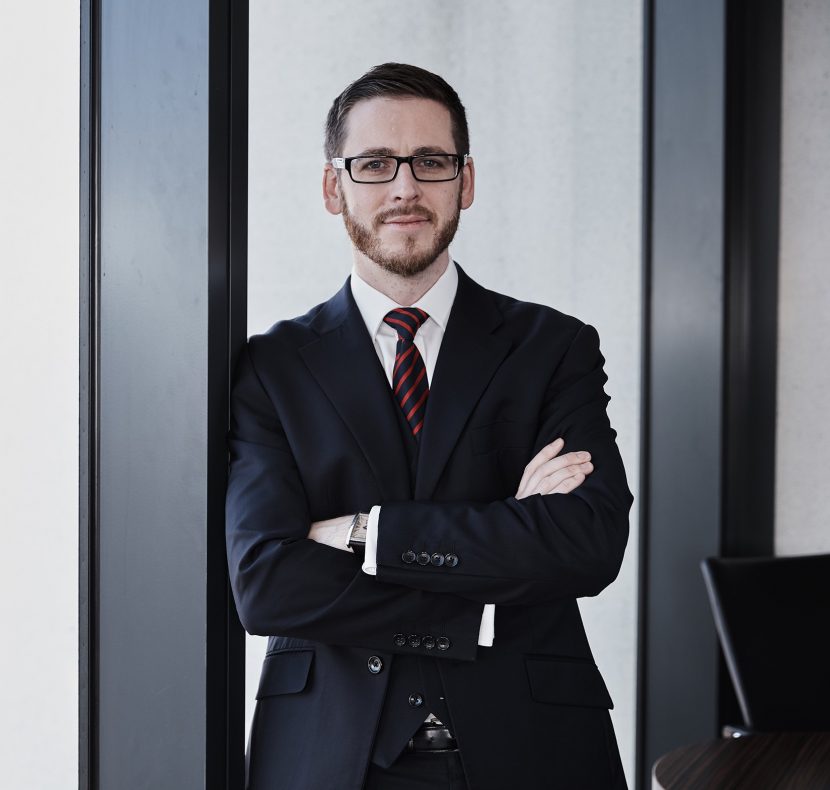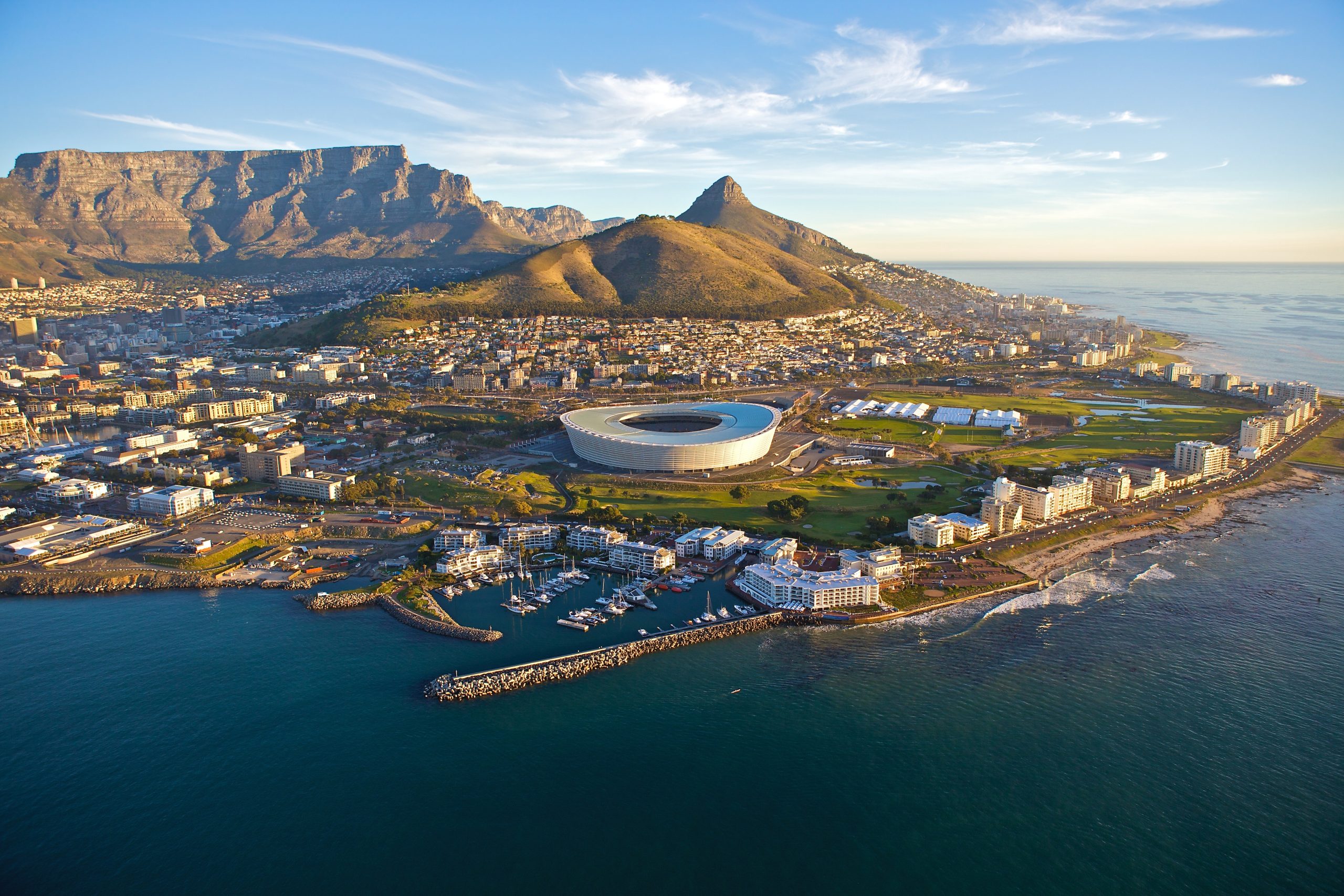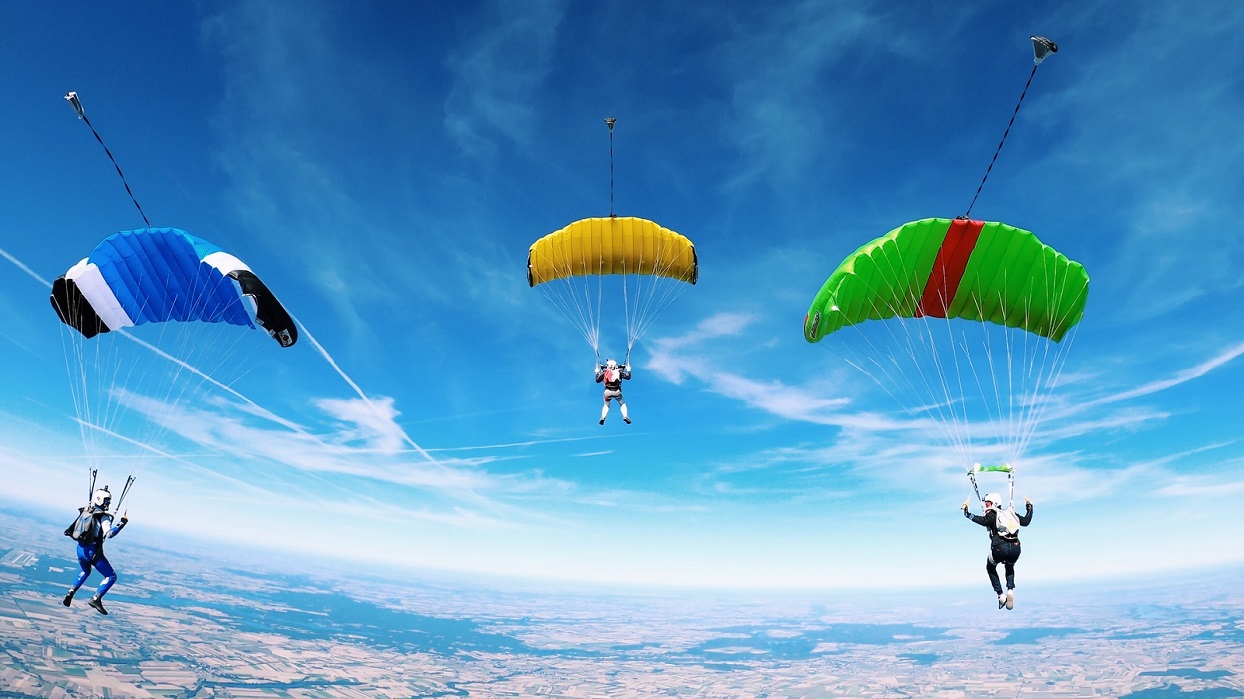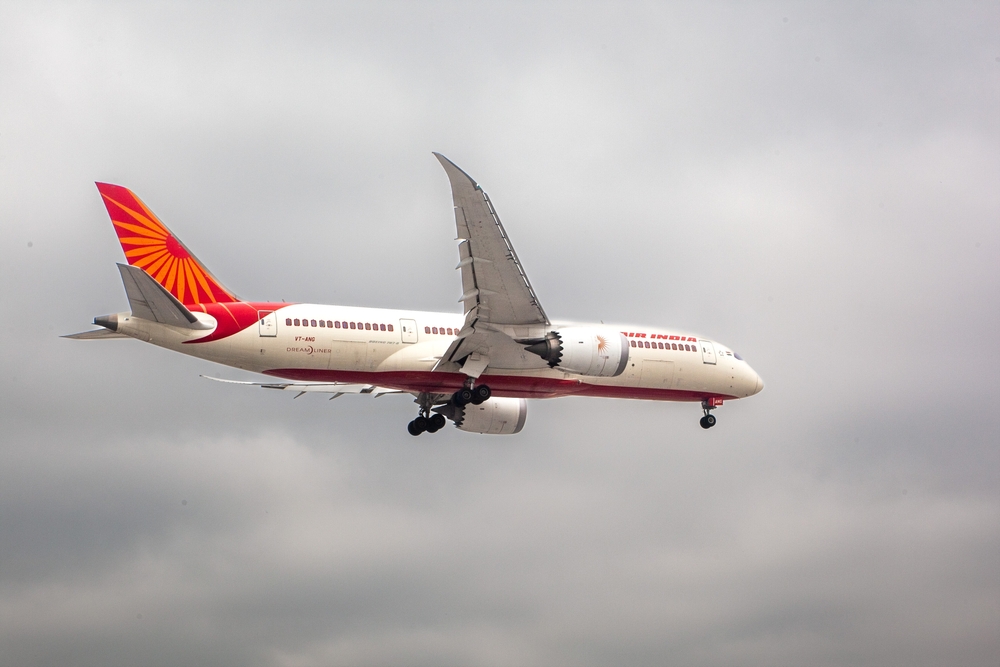Stage 1: What happened?
Following any aviation accident, there will be an official investigation launched by a government body in the country where the accident happened.
International law and time scale of investigations
Under international law, our clients, the people who lost the most in an aviation accident, are excluded from the investigation. The official investigation often takes two years to publish its report, and can sometimes take longer.
Following our landmark case of Rogers v Hoyle in the English Court of Appeal, when that official investigation does publish its accident report, we can use it as evidence in an English court.
The focus of the official investigation is safety, not blame. As a result of this and our clients’ exclusion from the official investigation, we simultaneously undertake our own independent investigation in which we can focus on factors that are relevant to their claims.
Investigations help us achieve three aims
1. Understand the causes of the accident and explain them to our clients
Air France Flight AF447 disappeared over the Atlantic on 1 June 2009. It took two years before the wreckage was found. The only data received from the aircraft before it crashed was a series of error messages that painted a cryptic picture of what had happened.
We worked with a team of Airbus training captains, decoding the error messages and running multiple scenarios in a simulator study until we found one that produced the same errors, in the same order. We created a reconstruction video of the circumstances of the accident and presented it to our clients. That was just three months after the accident.
The final report, released nearly three years later, matched our findings.
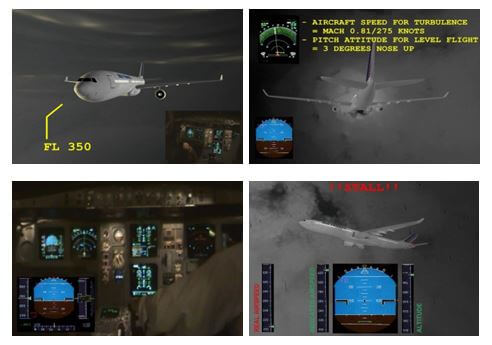
Air France Flight AF447 reconstruction animation, simulation and system analysis.
2. Identify liable parties
We were instructed by a pilot following a helicopter accident in 2011. The helicopter he had been piloting had rolled off a small ledge, with him in it.
It was a simple event, and he should have been able to walk away unharmed. Instead, the fuel tank ruptured, dowsing him in aviation fuel which ignited and caused him serious burns.
The official investigation focused on the errors in the landing. Our analysis enabled us to identify failings in the design of the fuel tank which were exposed during the rollover, and secure substantial compensation for the injured pilot.
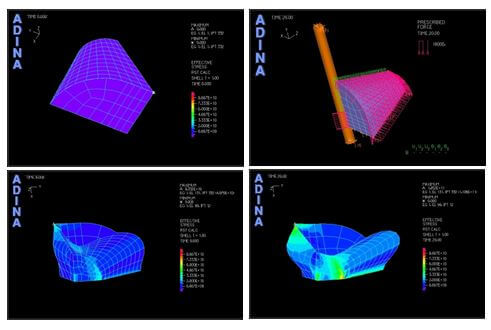
Our in-house finite element analysis on an R44 fuel cell.
3. Question the official accident report
The findings of our independent investigation usually match the findings of the official investigation, particularly when the investigation has been performed by reputable investigators. Occasionally, however, we have had to disprove official investigation reports when we found their conclusions were unjustified, or simply wrong.
On 4 November 2008, a Learjet 45 business jet crashed into the centre of Mexico City. We were instructed by several ground victims where the Learjet crashed.
The official investigation concluded that the aircraft crashed because the Learjet flew too close to an airliner ahead, hitting a ‘wake vortex’ (a swirling current of air). For the compensation for the severely burnt survivors, that meant low settlement limits under Mexican law.
We applied NASA and Boeing formulas and data to prove that the wake vortex at that time and location could not have destabilised the Learjet. Our investigation led to us successfully pursuing a claim in the US and securing substantial compensation for our injured clients. 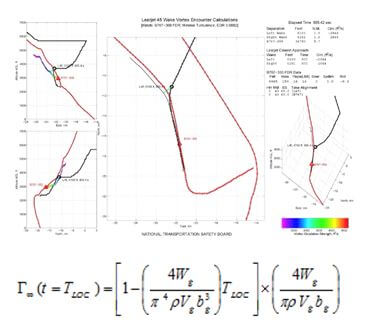
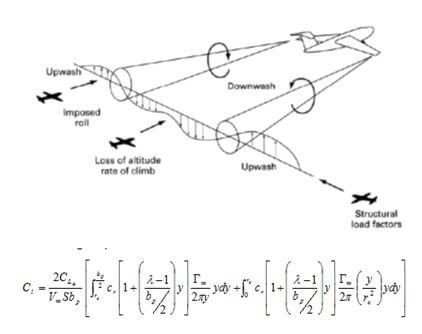
Our in-house analysis of the wake vortex using NASA/Boeing data and formulas.
Stage 2: Where should we bring the claim? The compensation process
Stage 3: What can be done by families after an accident? The inquest
Stage 4: What can be done by others after an accident? Criminal prosecution
-
Expertise
-
Experience
Meet the Aviation team
Our team has unrivalled experience in dealing with aviation accident claims and aviation litigation. We are ranked No.1 in the UK by Chambers and The Legal 500 and are one of the top five firms worldwide for aviation accident litigation.
